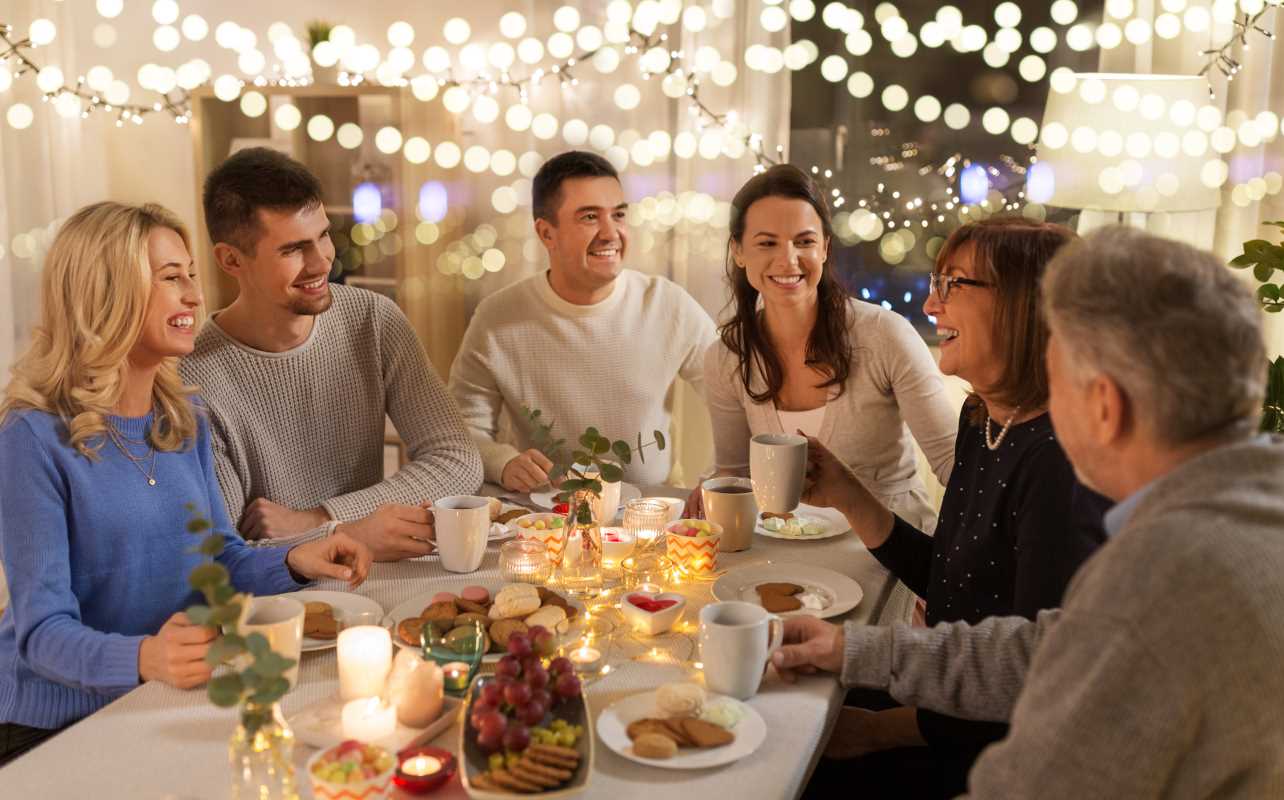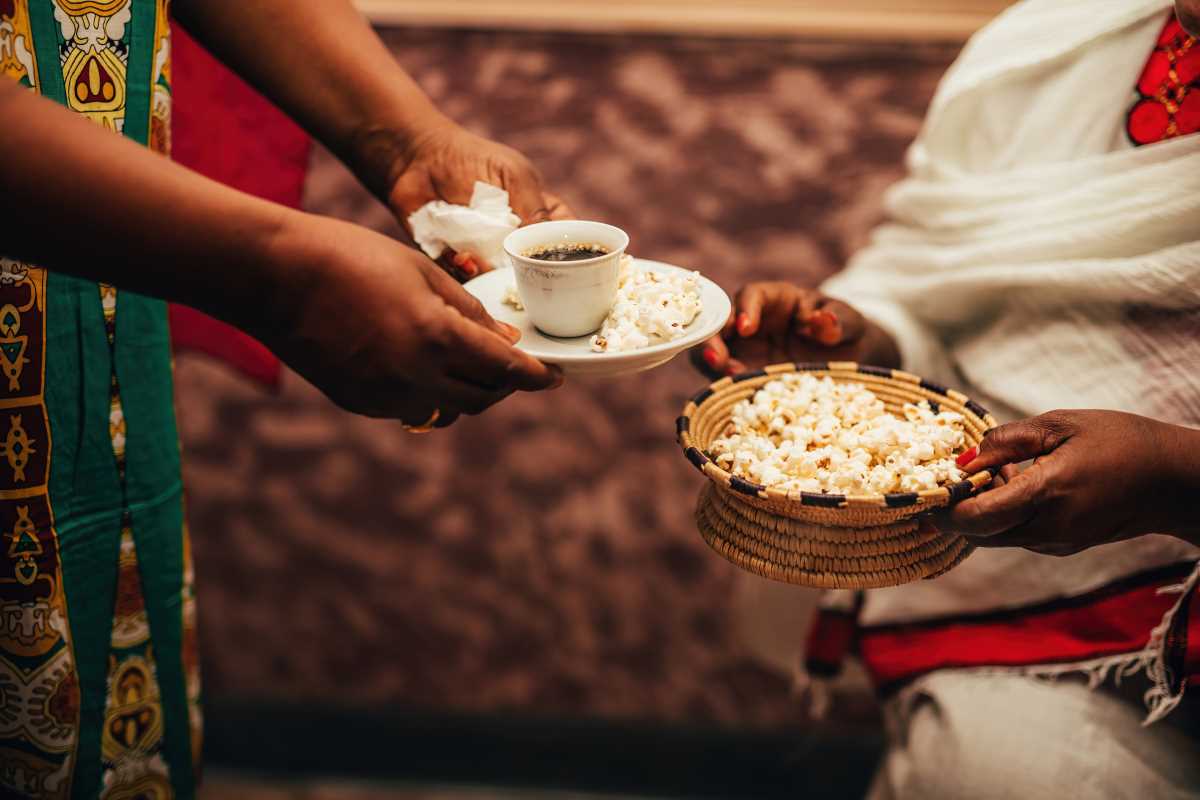Folklore has long been a way for communities to share stories, pass down traditions, and create a sense of belonging. In today’s world, younger generations, fueled by social media and rapid technological advancements, are breathing new life into it. They’re reinventing old stories, creating new ones, and using these narratives to build connections with others. From memes and viral videos to urban legends and online communities, folklore has taken on a digital twist. For older audiences, this might sound unfamiliar or even strange, but at its core, the idea is the same. Younger generations are forging bonds, inspiring collaboration, and keeping the timeless role of storytelling alive, just in ways we may not have expected.
From Timeless Legends to Modern Memes
When we think about traditional folklore, we often picture fairy tales or local legends shared around campfires. The younger generation has adapted this age-old practice to fit the digital age. Memes have become a form of modern folklore. They carry inside jokes, cultural commentary, and shared experiences from one group to another.
Take the “Distracted Boyfriend" meme that circulated a few years ago. While it’s just a picture of a man glancing at another woman while his girlfriend looks annoyed, the image was adapted by internet users to tell countless relatable or amusing stories. It became a way for people to connect through humor that transcended language and cultural barriers. These memes are more than just jokes. They’re the modern-day equivalent of telling a clever story at a family gathering.
Urban Legends Reimagined
Urban legends have always been a staple of folklore. Stories of haunted houses, mysterious creatures, or unexplained phenomena captivated the imaginations of past generations. Now, younger people are turning this form of folklore into something new by spreading contemporary urban legends online.
Slenderman, a tall, faceless figure, might sound like something out of old folklore, but it originated in an online forum in 2009. What began as a fictional story quickly spread across the internet and became a cultural phenomenon. Videos, fan fiction, and games all emerged around this character, with people adding their own twists to the legend. It’s a prime example of how younger generations build on one another’s creativity to keep stories alive and engaging.
For older generations, these urban legends might appear “made up” or trivial, but in reality, they serve the same purpose as ghost stories told around the fire years ago. They entertain, spark curiosity, and bring people together.
Digital Storytelling as the New Oral Tradition
Traditionally, folklore has been passed down orally. Grandparents would recount the tales of their youth or elders sharing wisdom. Today, digital platforms like YouTube, TikTok, and Instagram are serving a similar purpose.
TikTok allows creators to share bite-sized stories that resonate with people in seconds. A TikTok user might post about an odd local tradition in their town, a strange “true story,” or even myths they’ve heard passed down from their family. Remarkably, these short videos often go viral, inspiring others to share or create new content based on the same theme. It’s storytelling for the modern age, making folklore more dynamic and interactive than it’s ever been.
This digital form of storytelling also fosters intergenerational bonds. A teenager might share a family myth they heard from their grandmother on a platform like TikTok. Suddenly, an old family anecdote becomes a viral folklore moment, connecting not just family members but also strangers who engage with the story through likes, comments, and shared experiences.
How Modern Folklore Builds Community
One of the most fascinating things about how younger generations are reinventing folklore is the sense of community it creates. Memes, urban legends, and viral stories all provide people with a way to connect. Even though these stories might seem fleeting or trivial, they often point to shared values or humor, creating bonds among the people who take part in them.
Consider the way a meme about struggling with Monday mornings can go viral. Almost everyone has felt the same frustration about starting the workweek and laughing at a joke about it feels like a shared experience. Though it’s small, this kind of connection fosters a sense of belonging, even if it’s just for a moment.
Online communities also grow around these forms of new folklore. Fan forums, subreddits, and Discord groups revolve around specific legends, memes, or cultural moments. These spaces become meeting grounds for people with shared interests who might otherwise not have met.
Bridging Generations Through Folklore
Interestingly, the younger generation’s reinvention of folklore is also helping to bridge the gap between young and old. While it might look different, the core of modern folklore often relies on universal human experiences like humor, love, fear, or curiosity.
Older family members might find themselves discussing a meme or a viral story with younger relatives. It’s a way to connect across generational divides, sparking laughter or wisdom. Understanding modern folklore offers a chance to see how much we still have in common with younger people, even if technology and trends have changed the way younger generations tell these stories.
 (Image via
(Image via





